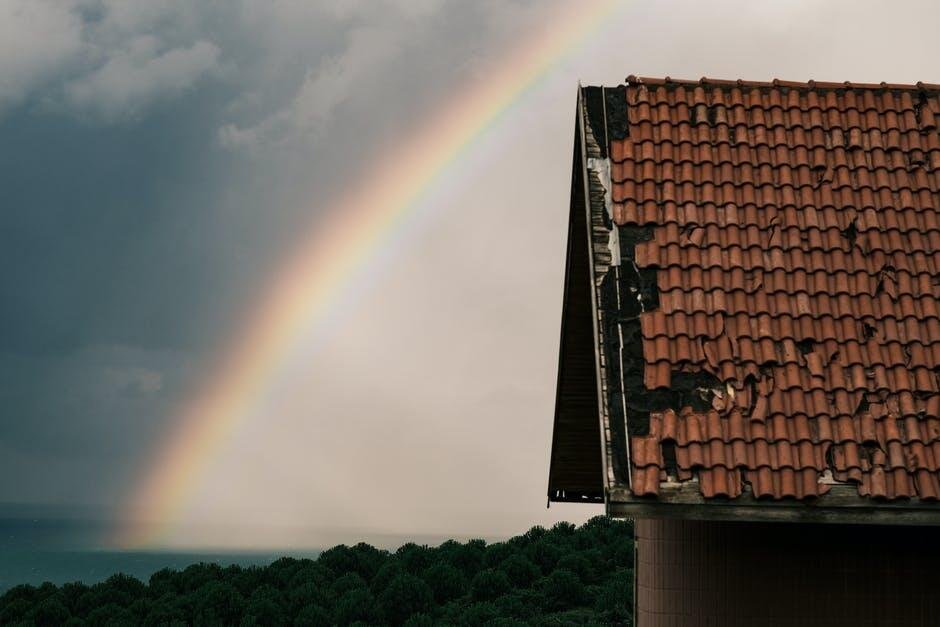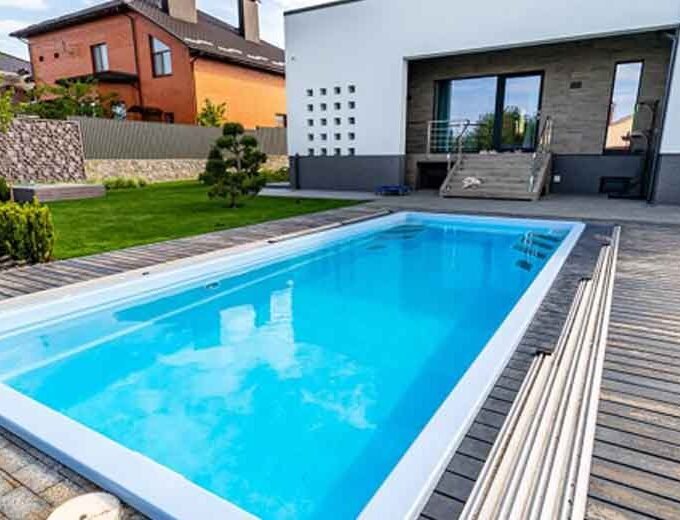A flood inside the house can wreak havoc, leaving behind more than just water damage. The aftermath can present homeowners with a challenging battle against mold and mildew.
These unwelcome guests thrive in moist environments, posing health risks and damaging property. Quick and efficient action is crucial to mitigate these effects.
This blog explores practical steps to manage and prevent the growth of mold and mildew after a flood. Join us as we guide you through reclaiming your safe and healthy living space. Read on!
Understanding Mold and Mildew
Mold and mildew are fungi that grow best in damp, humid places. They are common after a flood. Mold can be fuzzy or slimy, and it can be black, green, or white, among other colors.
Mildew, on the other hand, looks like powder or down and is usually white or gray. Both can make irritants and allergens that can make indoor air quality worse and put people’s health at risk. To effectively stop and get rid of them, you need to know what they look like and where they like to grow.
Assessing the Damage
After an indoor house flood, figuring out how to fix things means figuring out how much damage there is. First, do a full inspection of your home, paying special attention to places like basements, bathrooms, and walls that tend to get damp. For insurance purposes, it is important to keep track of all damage with photos and detailed notes.
You might want to get help from a professional to find mold and mildew growth that you can’t see with your own eyes. The assessment phase sets the stage for getting rid of mold and mildew effectively.
Understanding the Risks
Both health and property are at great risk when mold and mildew are present. Long-term exposure can make it hard to breathe, cause allergic reactions, and even weaken the immune system.
In homes, these fungi can quickly break down materials like wood, drywall, and fabric, which can damage the structure and cost a lot to fix. Finding and dealing with these risks as soon as possible is very important for keeping the living space safe. The best way to protect yourself from the possible health risks and financial effects of these dangers is to learn about them and be aware of them.
Immediate Actions After a Flood
After house floods, the first thing that should be done is to ensure everyone’s safety by leaving the area until it’s safe to return. Once it’s safe to do so, turn off all the electricity to avoid accidents and see how much water gets in.
Start drying out the property right away by using fans and dehumidifiers to get rid of the moisture. Throw away anything that is broken beyond repair and could grow mold. For thorough cleaning and restoration services, call professionals and give priority to areas with a lot of water damage.
Professional Help
Sometimes, the damage caused by water is too bad to be fixed by people doing it themselves. When the damage is this bad, it’s important to get professional water damage restoration Sacramento.
These specialized services are very useful since they have access to high-tech tools and have dealt with a lot of mold and mildew issues before. They will make sure that every part of your home is carefully inspected and treated if you hire them, getting it back to how it was before the flooding.
Cleaning and Disinfecting
Cleaning and sanitizing your home after a flood is more than just tidying up the outside; it’s about making sure it’s safe and mold-free. Start by getting rid of things that can’t be cleaned properly or have been wet for a long time.
Scrub all surfaces that are moldy, like walls and floors, with a solution of bleach and water to get rid of the mold spores. Make sure there is enough airflow during this process to keep harmful fumes from getting in. Lastly, think about using antimicrobial treatments to stop mold from growing again.
Preventing Future Growth
To stop mold and mildew from growing again, make sure your home stays dry and has good airflow. Check your home for leaks often and fix them right away to keep moisture from building up. Using dehumidifiers in places that are very damp, like basements, can also stop fungus from growing.
Use fans and open windows when the weather lets you to make sure your home has enough airflow. Lastly, think about using mold-resistant paint and products in damp areas to add an extra layer of defense against these long-lasting problems.
Ensuring Indoor Air Quality
Improving the air quality inside after a flood is very important for keeping a healthy living space. To get rid of germs in the air, start by replacing any HVAC filters that were damaged by the flood. Adding air purifiers with HEPA filters can also cut down on mold spores and other allergens in the air by a large amount.
Opening windows regularly to let fresh air in helps lower indoor pollution. Last but not least, using dehumidifiers to keep humidity levels low can stop mold and mildew from growing again, protecting air quality.
The Importance of Health Awareness
Health education is very important after a flood to keep people safe from dangers like mold and mildew, which can cause serious health problems. When you know the signs of exposure, like breathing problems or allergic reactions, you can treat them quickly and avoid bigger problems.
Learning about these risks with your family and friends encourages you to take an active role in protecting your health. Health risks can be greatly reduced by learning about the right way to clean and avoid getting sick. In the end, putting health awareness first is important for getting through the aftermath of a flood safely and effectively.
Navigating Beyond the Flood Inside the House
It’s important to act quickly, be aware of your health, and avoid getting sick after a flood inside the house. Mold and mildew need to be understood and removed to make a home safe again.
Professional help is needed to fix very bad damage. Keeping the air quality and humidity inside at a healthy level can stop growth.
If homeowners follow these steps, they can deal with flooding in their homes. Recovery and restoration are possible with resilience and well-informed action.
Did you like this guide? Great! Please browse our website for more!
















